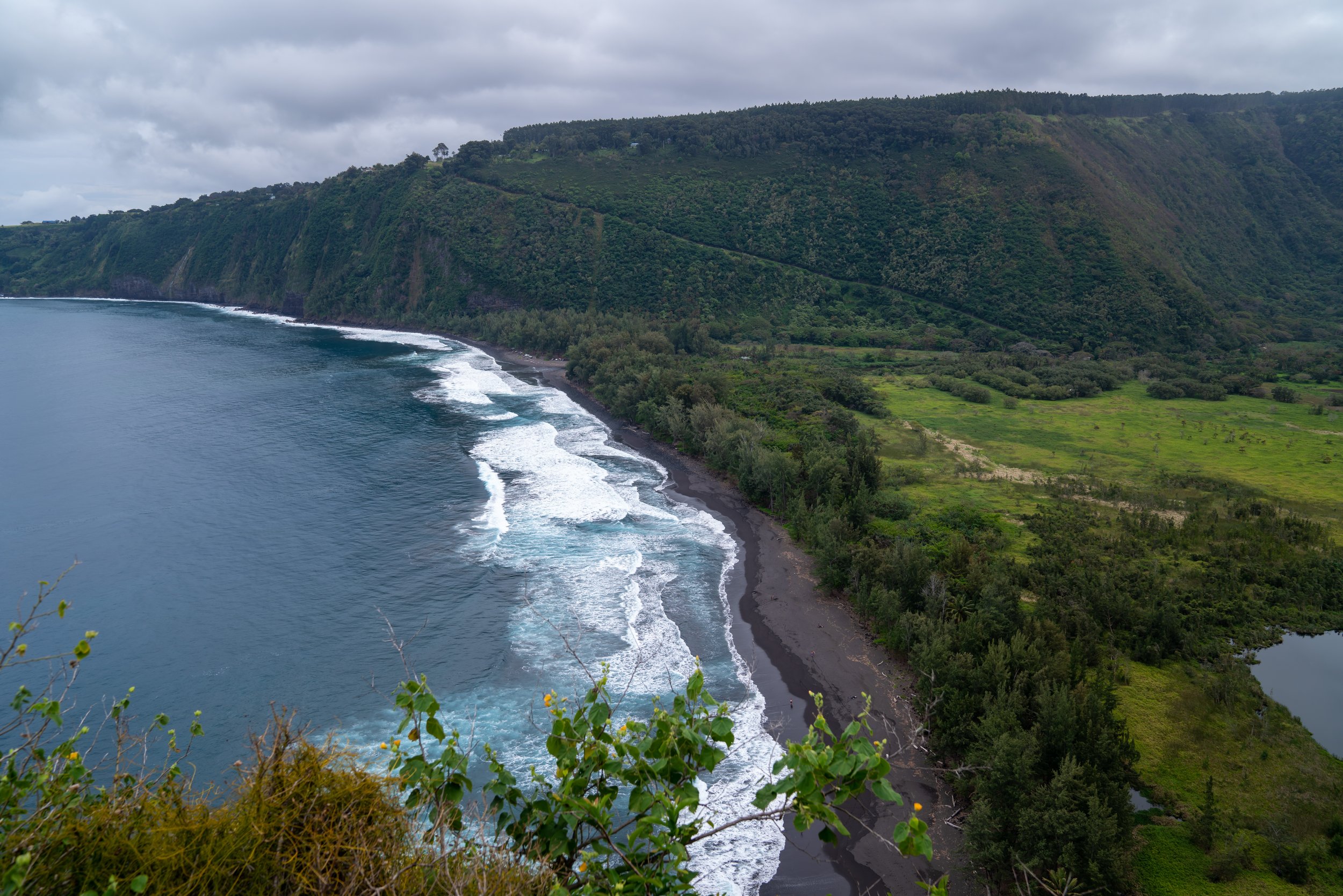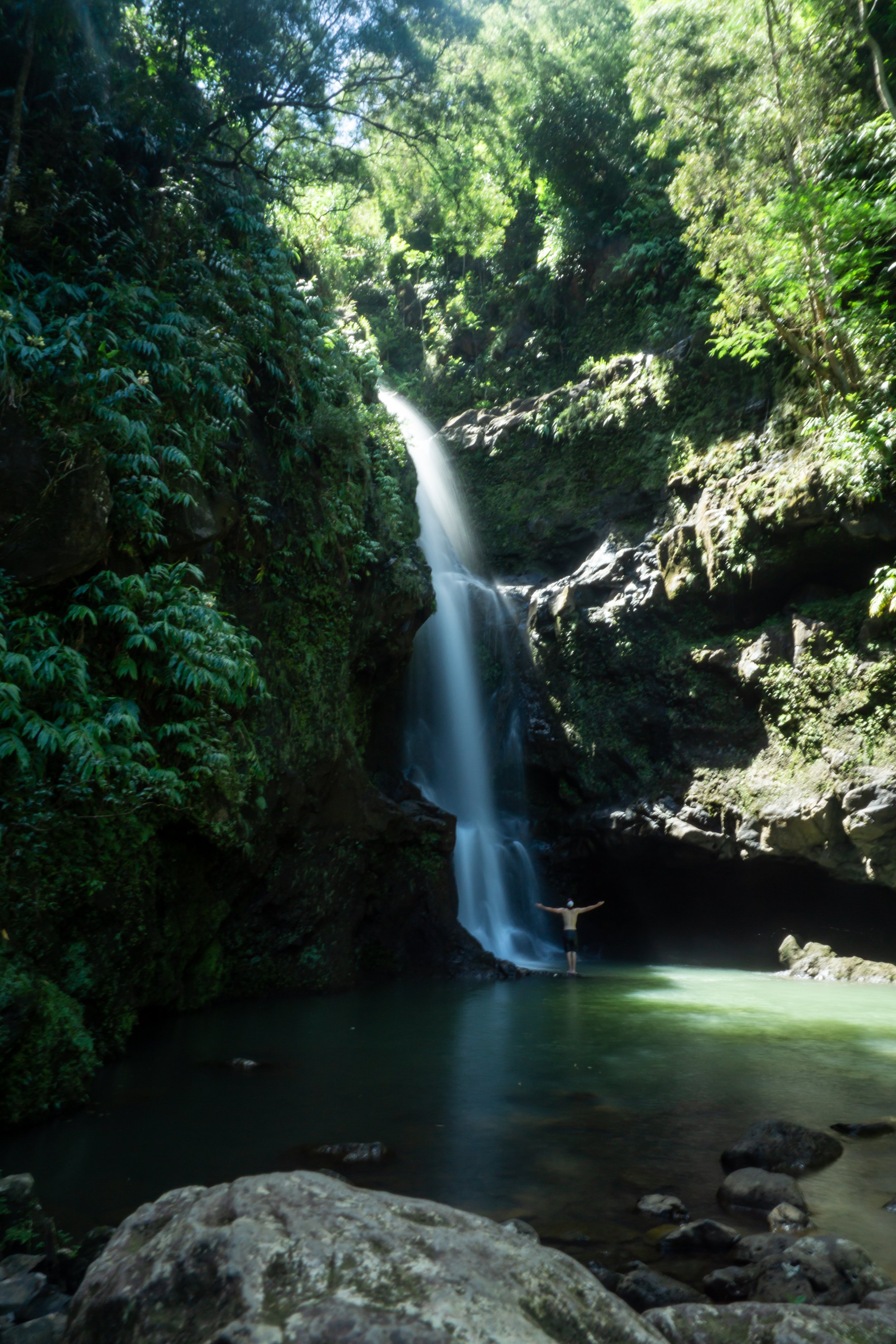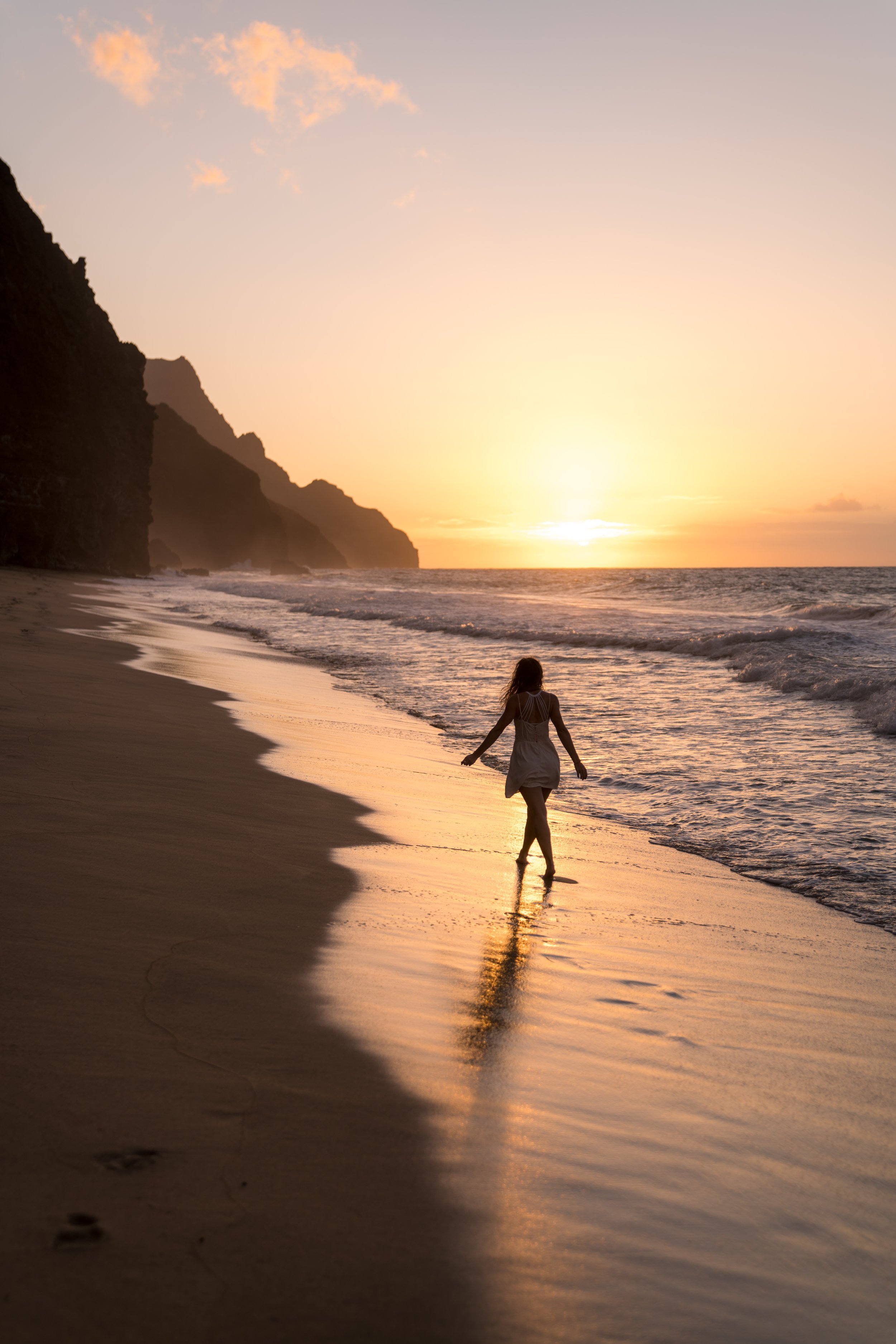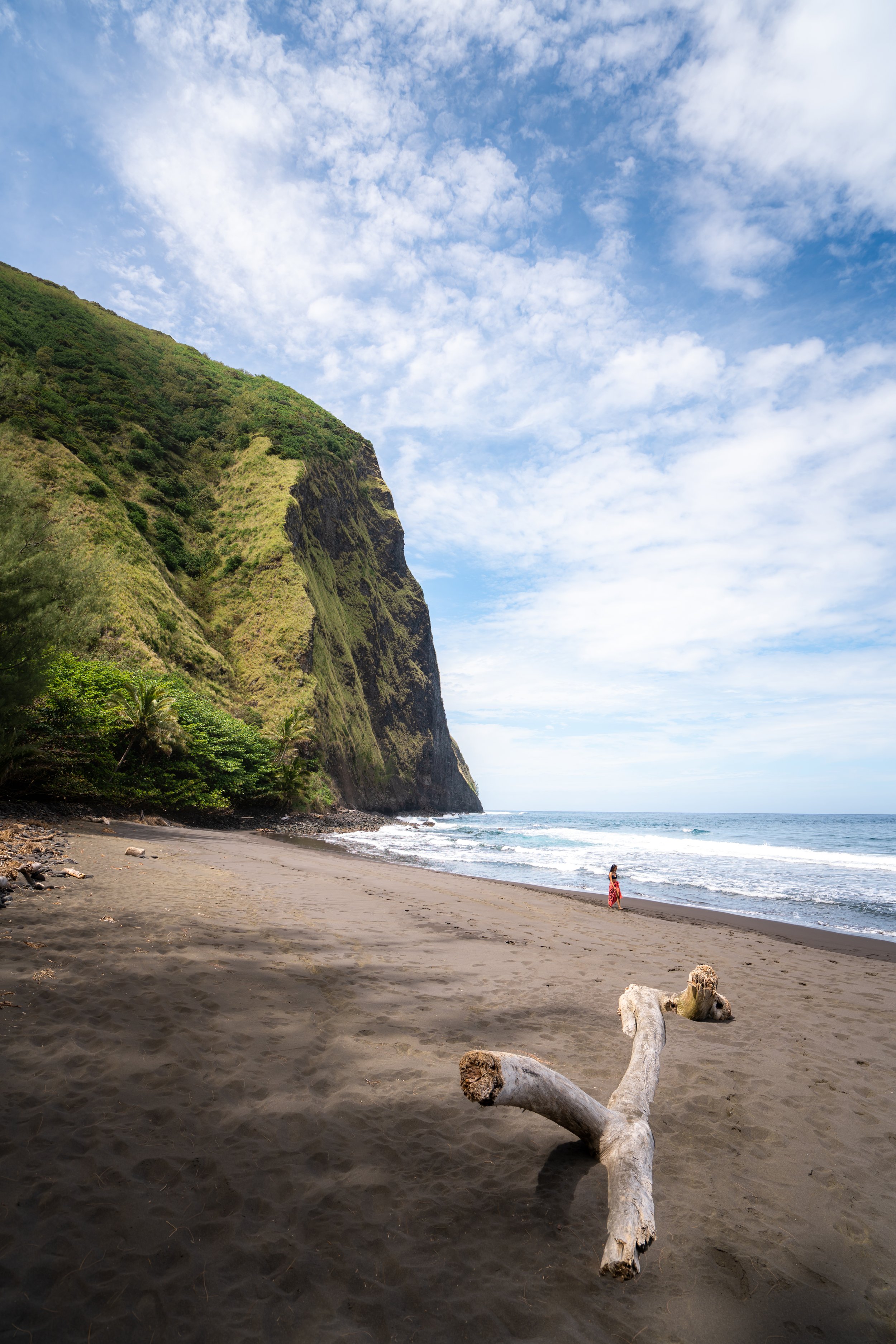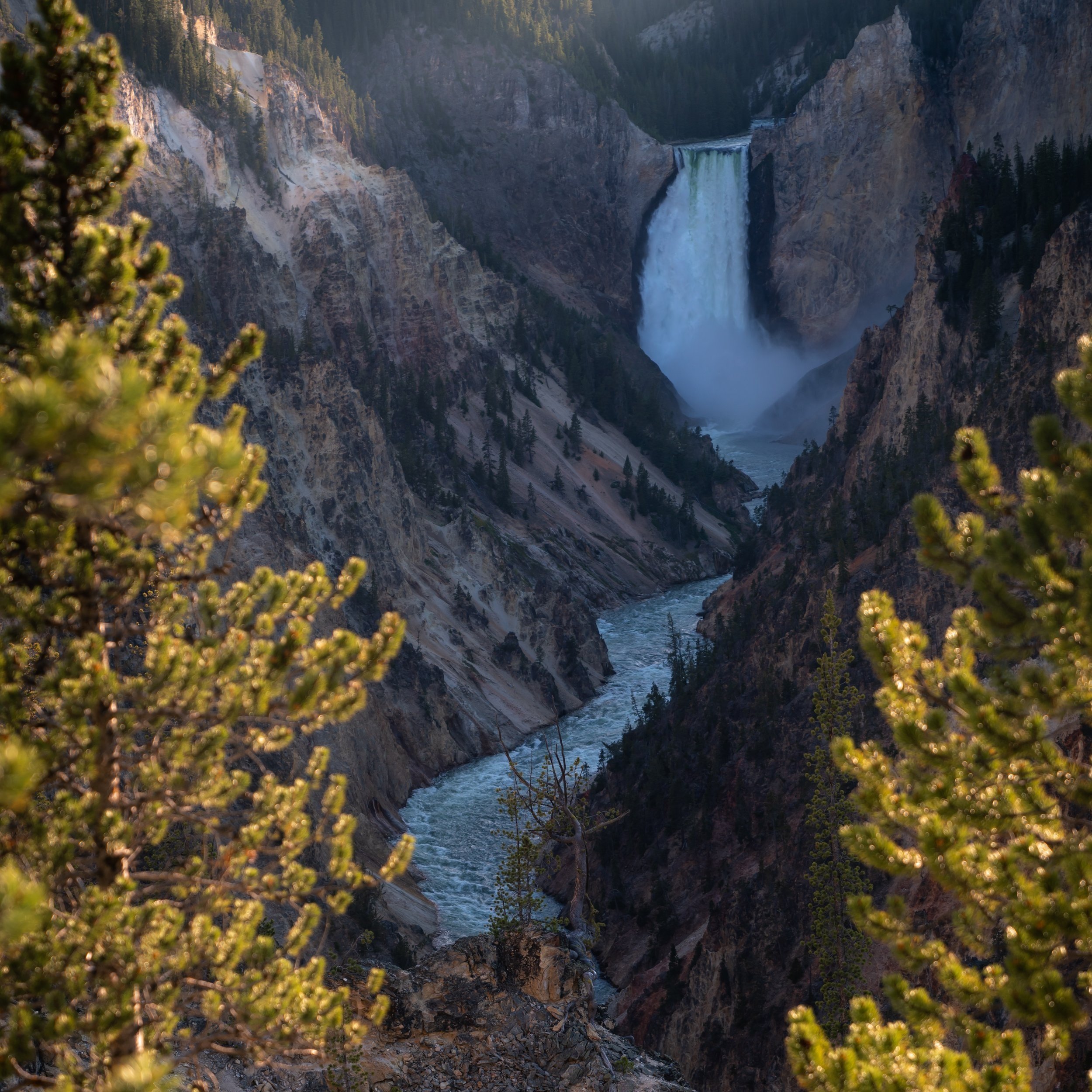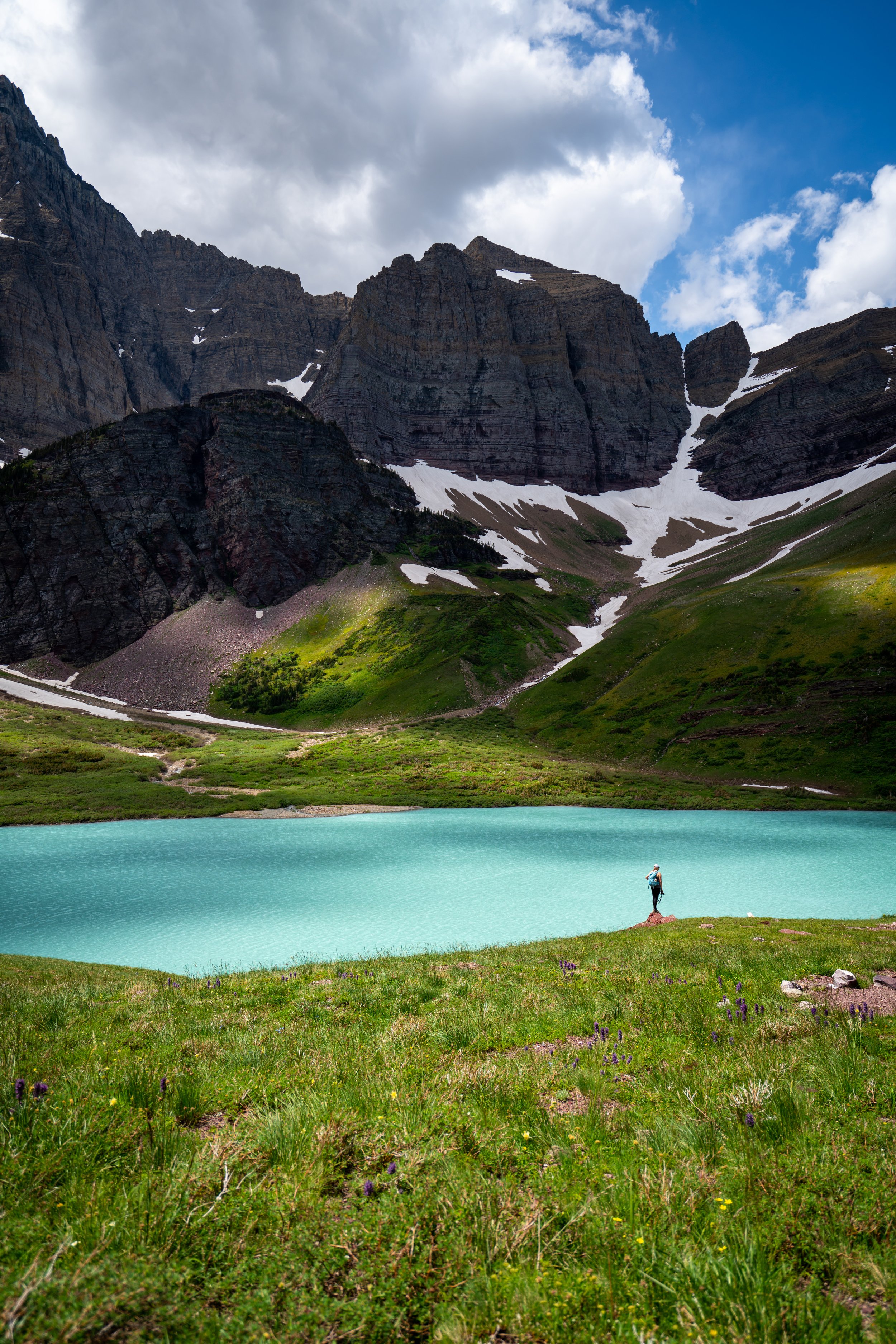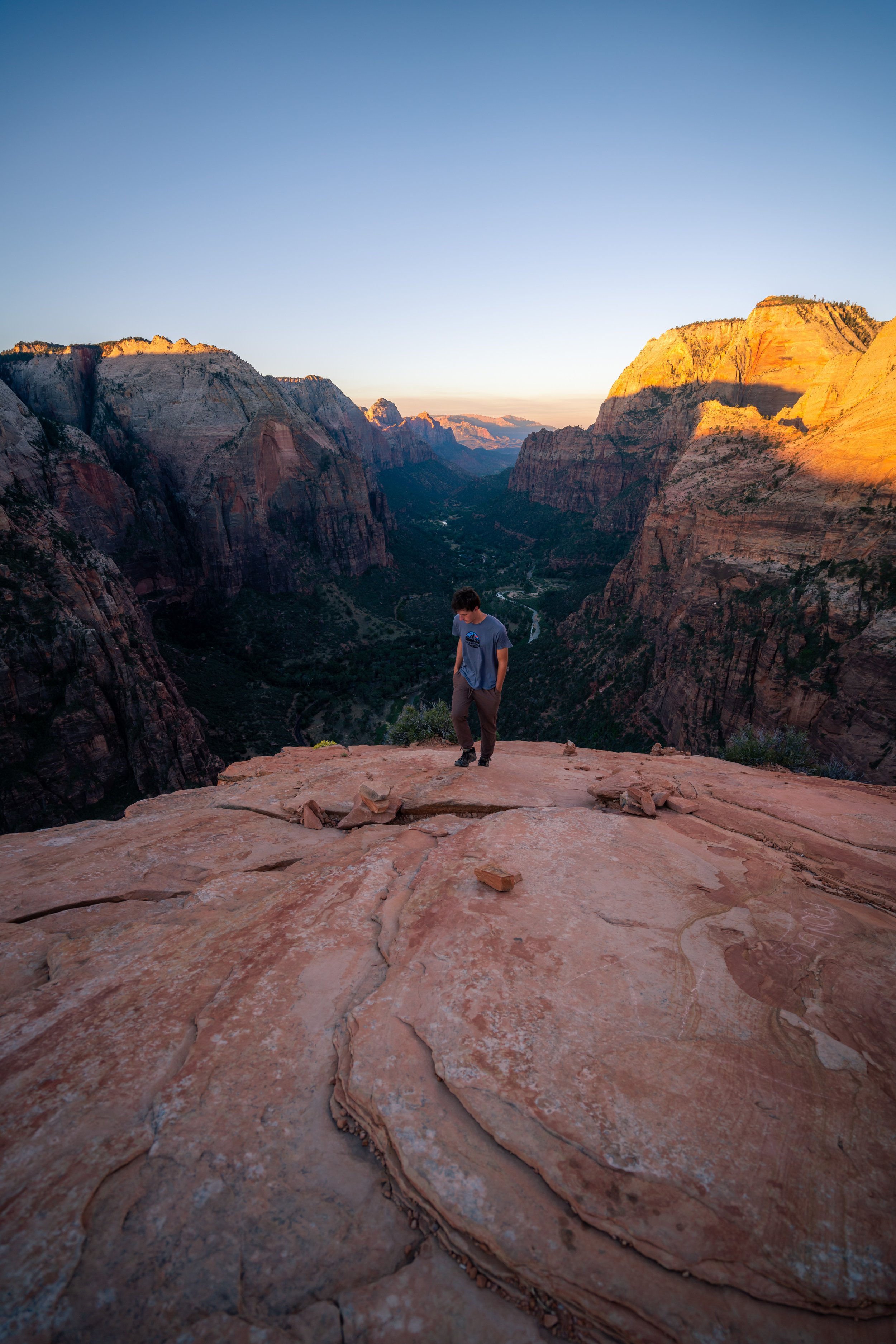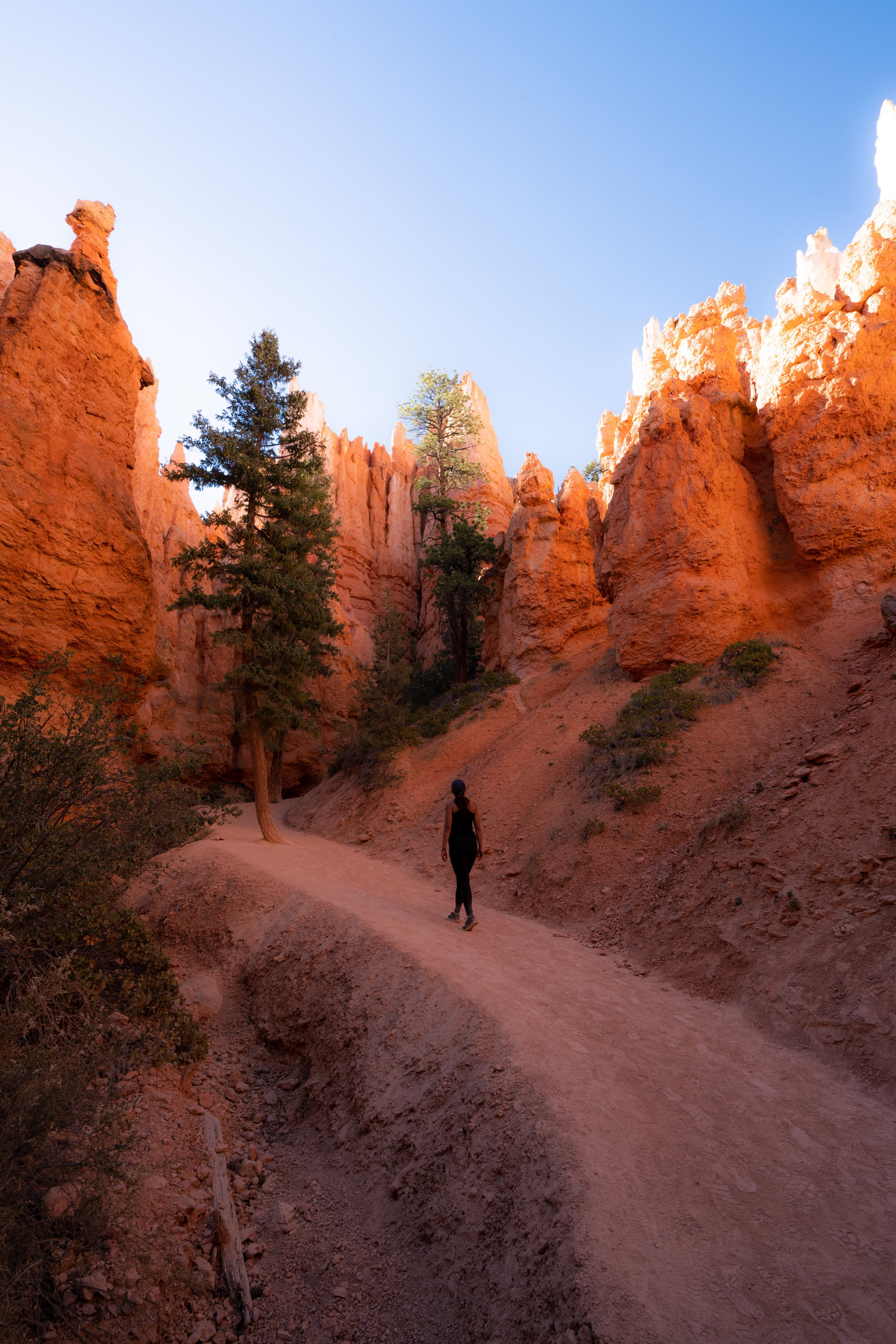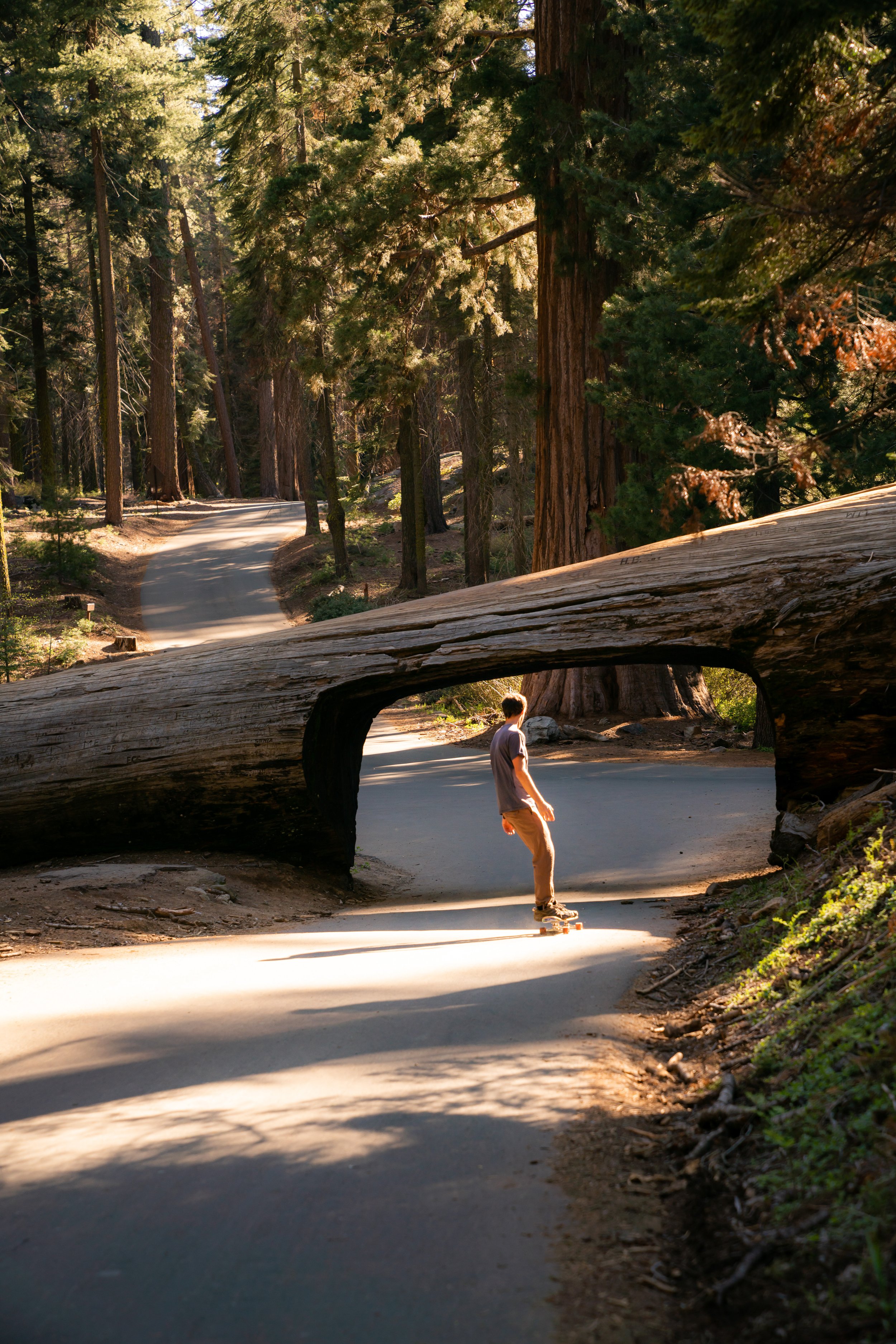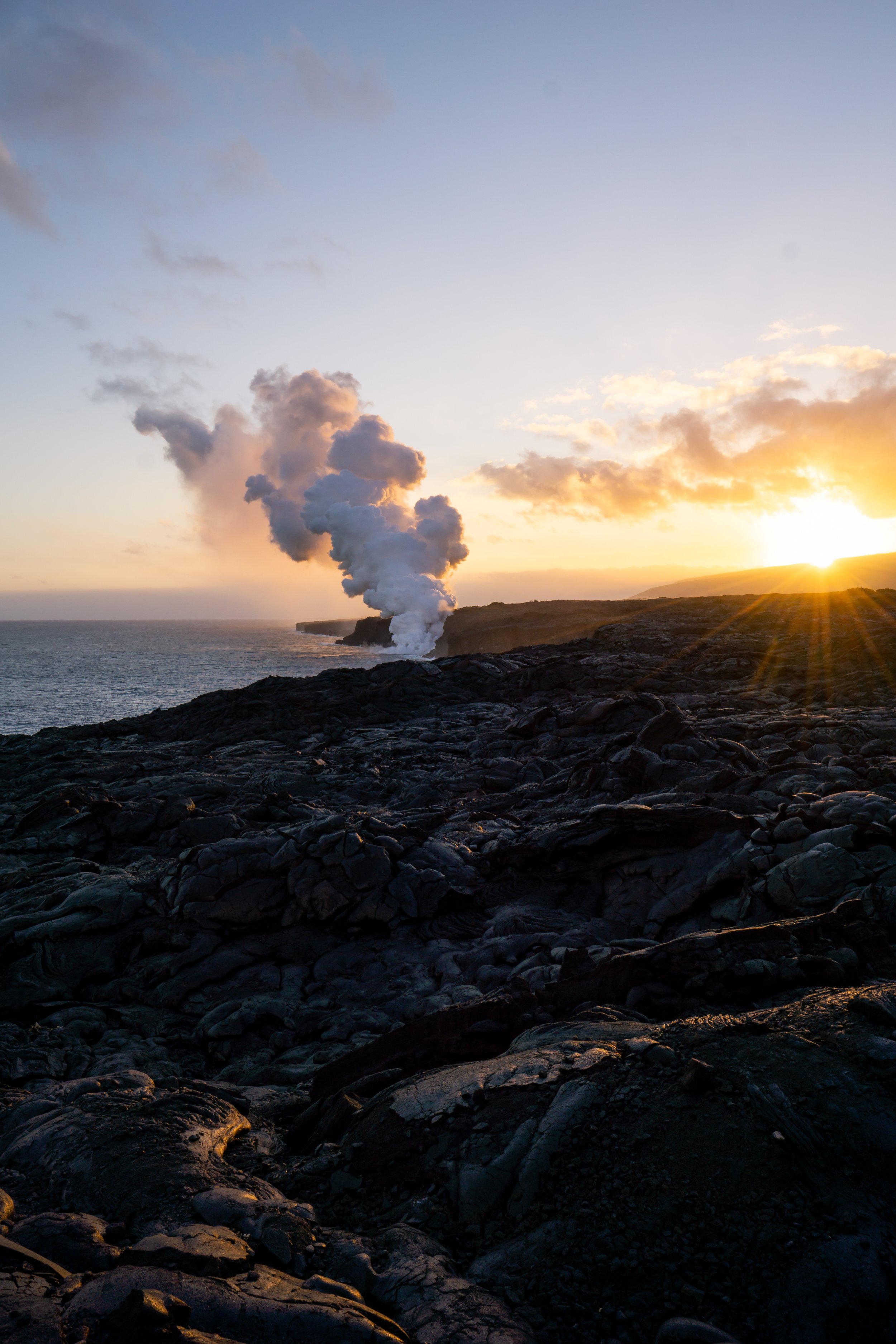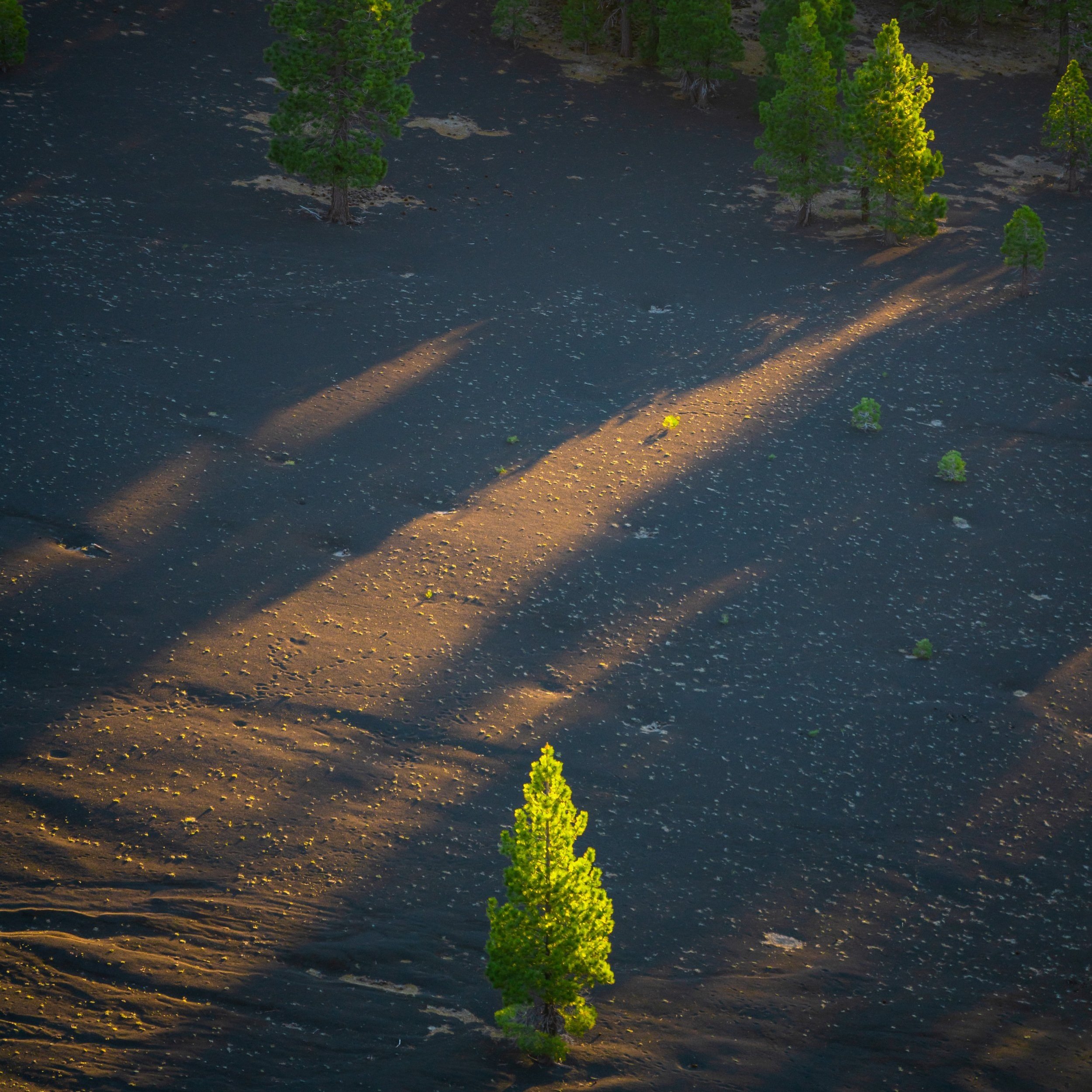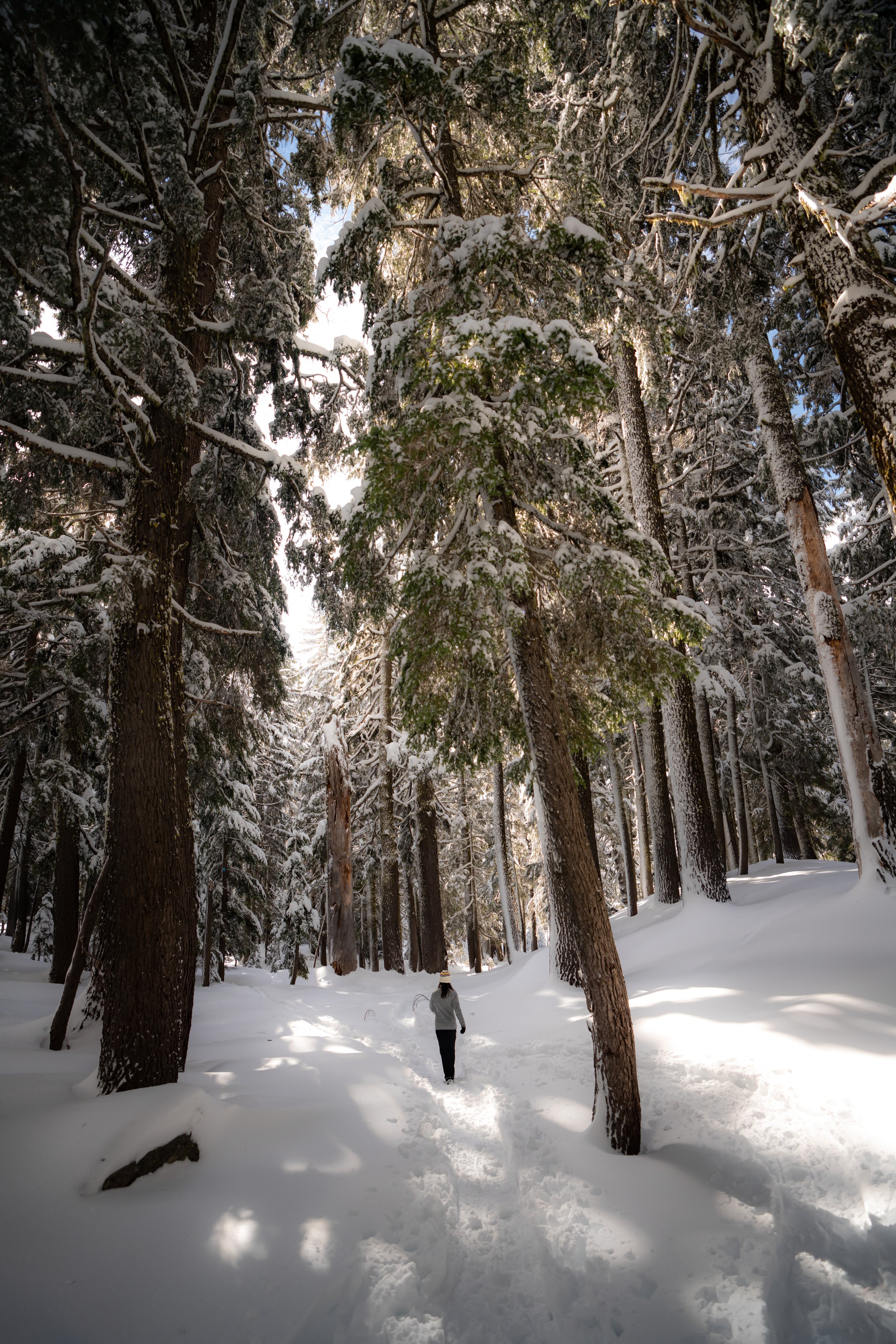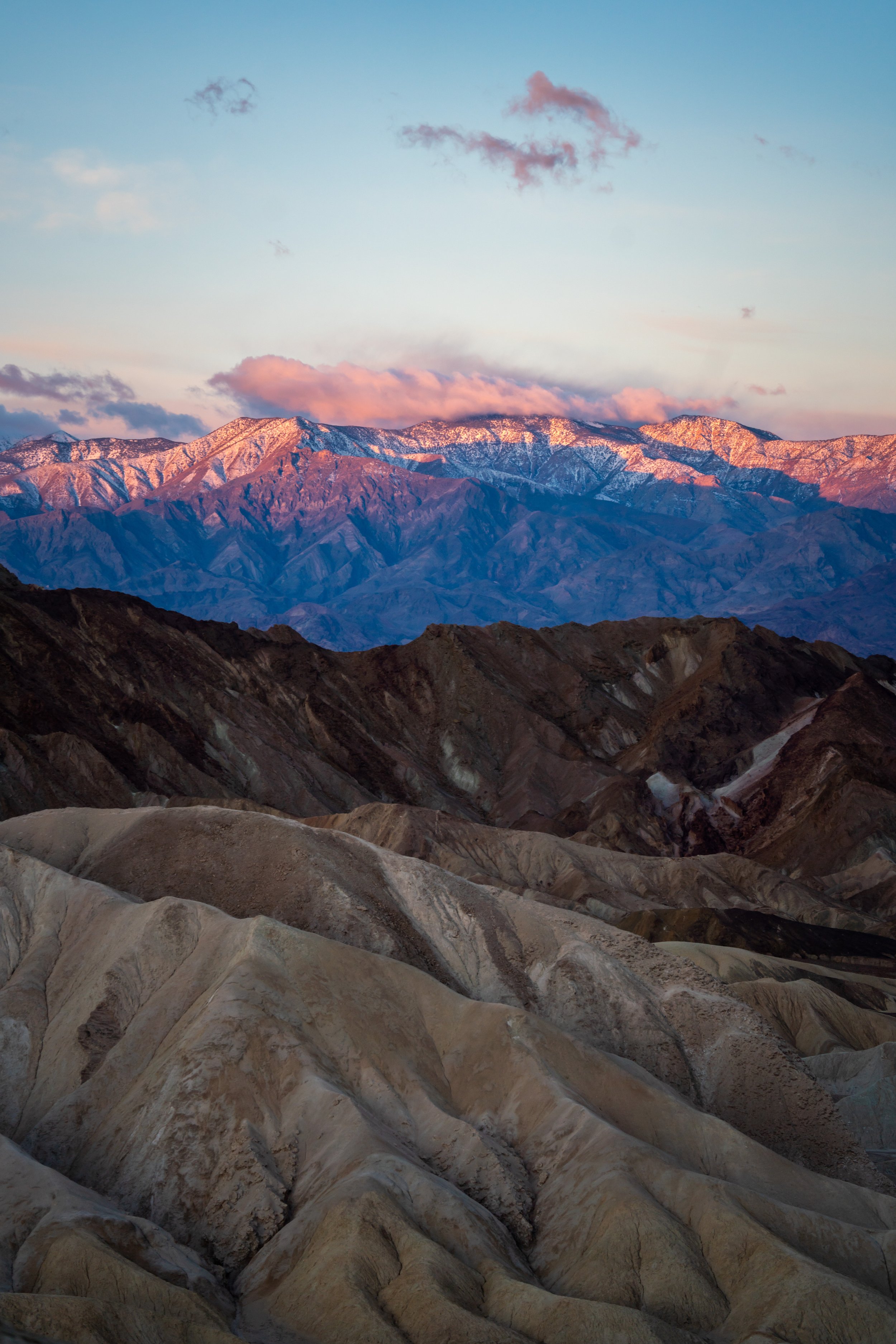10 Best Things to Do in Hawaiʻi Volcanoes National Park
From the wettest rainforests east of Kīlauea to the driest deserts on the west side of the caldera, Hawaiʻi Volcanoes National Park is easily one of the most beautiful and diverse National Parks in the entire country, with its vast amount of diversity that spans from sea level to near 14,000 ft. (4,267 m) on the summit of Mauna Loa!
That being said, I truly believe that Hawaiʻi Volcanoes has something to offer every type of visitor. There are drive-up viewpoints, trails of varying lengths and difficulties, and even the simplest of activities, like watching some of Hawaiʻi’s rarest and endemic birds fly around the ʻŌhiʻa canopy in the early morning and late evening hours.
In any case, I highly recommend coming to Hawaiʻi Volcanoes with the intention of exploring the park in all types of environments and weather, so that you can be prepared for both the wettest and driest conditions, depending on where you spend your time.
Hiking Checklist - Hawaiʻi Volcanoes
Obviously, for camping, you will need general backpacking gear. For this reason, I wrote a separate post about what backpacking gear is worth the money, from my experience, and what the best alternatives are to save you money.
Read My Separate Post: Best Ultralight Backpacking Gear
Osprey 3L Water Bladder - The Osprey 3L water bladder is the most universal hiking and backpacking water bladder on the market, and it’s my go-to because of the slide-off seal that allows it to be quickly filled from the top. Additionally, individual parts are easily replaceable, such as the bite valve.
Blister / Heel Protectors - I swear by these cheap, amazing heel protectors to prevent blisters for nearly every kind of hiking and backpacking that I do!
Black Diamond Headlamp - Personally, I recommend the Black Diamond Storm because it is one of the brightest, lightest, and longest-lasting headlamps on the market—and trust me, the weight-to-battery-life ratio really does matter!
Hiking / Trail Running Shoes - Depending on the type of trail, I prefer to use either the Keen Targhee for longer, more rugged hiking or the HOKA Zinal Trail-Running Shoe for lighter, less intense trails. In either case, both have been amazing to me for many years across countless environments, and both can be found in men’s and women’s sizes. - (Men’s Keen / Women’s Keen) (Men’s HOKA / Women’s HOKA)
Waterproof Rain Shell - You never know when it may rain, and I’ve learned over the years that a rain shell is far better than a rain jacket. By this, I mean that it’s best to have something that the water will roll right off of, which is why I recommend the Patagonia Torrentshell 3L available in both men’s and women’s sizes.
High SPF Sunscreen - Packing high-SPF sunscreen is a must for long days outside!
10 Best Things to Do Hawaiʻi Volcanoes National Park
The following list is written in no particular order of best or worst.
That being said, many of the best things to do within Hawaiʻi Volcanoes National Park are concentrated around the Kīlauea Caldera, but I highly encourage you to explore all areas of the park, as some of the best and most beautiful adventures can be found in much less-visited areas, such as the Kahuku District and Mauna Loa.
On a different note, you can save time when you arrive by purchasing your National Park pass, along with your other outdoor gear, at REI before traveling to the park!
1. Kīlauea Iki Trail
Distance: 3.4 miles / 5.5 km
The Kīlauea Iki Trail is one of my favorite day hikes in Hawaiʻi Volcanoes because of how many different views and environments you get to see along this relatively short trail.
From the crater rim, Kīlauea Iki takes you from the wettest rainforest to the most barren and desolate volcanic crater before ascending back out and looping around on the far side.
I highly recommend reading my separate post, so that you can learn more about the trail, as well as my thoughts on which direction is best for hiking the full loop!
Read My Separate Post: Kīlauea Iki Trail
2. Crater Rim Trail
Distance (One Way): 7.6 miles / 12.2 km
Similar to the Kīlauea Iki Trail, the Crater Rim Trail is easily one of the best hikes within the Kīlauea District of Hawaiʻi Volcanoes National Park.
That being said, visitors typically only hike portions of the Crater Rim Trail, as a roundtrip hike would make for a very long adventure. But, what many don’t know is that the Crater Rim Trail makes for the best one-way hikes in all of Hawaiʻi Volcanoes. This way, you can see the entire 7.6-mile (12.2 km) trail, while excluding the return hike back up to Kīlauea Summit.
To learn more about making the Crater Rim Trail into a one-way adventure, I encourage you to read through the details in my separate post.
Read My Separate Post: Crater Rim Trail
3. Hawaiʻi Volcanoes Helicopter Tour
On the Big Island, there are a ton of different helicopter tours to consider, which I break down in more detail in my separate Hawaiʻi Island article.
However, there are a few specific helicopter tours that focus solely on Hawaiʻi Volcanoes and the Kīlauea Caldera, which easily makes them the best choice if you’re interested in seeing the volcano from above!
All said, a Hawaiʻi Volcanoes helicopter tour would be my number one recommendation on this list if you happen to be visiting the Big Island during an active eruption, as having the opportunity to see an eruption from the air is surely a sight that you don’t want to miss!
4. Nāhuku (Thurston Lava Tube)
Distance: 0.4 miles / 0.6 km
The Thurston Lava Tube Trail is one of the best and most beautiful hikes in Hawaiʻi Volcanoes National Park.
On top of this, Nāhuku is also one of the easiest adventures within the park, making it a great place to explore for people of all abilities.
Read My Separate Post: Nāhuku (Thurston Lava Tube) Trail
5. Haʻakulamanu (Sulphur Banks) Trail
Distance: 1.3 miles / 2.1 km
Haʻakulamanu, also called the Sulphur Banks Trail, is a beautiful and easy hike across a steaming plateau of thermal features, much like what you’d expect to see in Yellowstone National Park.
However, not only can you experience Haʻakulamanu, but the Sulphur Banks Trail is commonly combined with the Crater Rim Trail to form one larger loop, which you can learn more about in my separate post.
Read My Separate Post: Haʻakulamanu (Sulphur Banks) Trail
6. Kīpuka Puaulu Trail
Distance: 1.2 miles / 1.9 km
The Kīpuka Puaulu Trail is a beautiful and easy loop at the base of Mauna Loa that winds its way through a native forest, which has been isolated from the surrounding landscape by younger lava flows.
Over time, this separation has allowed Kīpuka Puaulu to evolve separately from the area that surrounds it, which inherently means that you’ll have the opportunity to see a variety of native species found nowhere else on earth!
Overall, Kīpuka Puaulu, also spelled Kīpukapuaulu, is really about getting to experience what a true native Hawaiian forest really looks like. While the trail is fairly straightforward, I encourage you to check out my separate post, as I mention a few interesting things about a handful of native plants beyond what you will read on the trail, such as this Māmaki tree—the native Hawaiian tea—hanging over the trail.
Read My Separate Post: Kīpuka Puaulu Trail
7. Puʻu Loa Petroglyphs Trail
Distance: 1.3 miles / 2.1 km
The Puʻu Loa Petroglyphs Trail is a fairly easy out-and-back hike off the lower elevations of Chain of Craters Road.
When exploring the Chain of Craters Road down to the coast, the Puʻu Loa Trail is truly the one must-see day hike in the area, and I highly recommend checking out this historical site because it’s such a quick and easy place to see!
Read My Separate Post: Puʻu Loa Petroglyphs Trail
8. Mauna Loa Trail (Red Hill Cabin)
Distance (Roundtrip to Puʻu ʻUlaʻula): 15.0 miles / 22.5 km
The Mauna Loa Trail to Puʻu ʻUlaʻula, more commonly known as the Red Hill Cabin, is arguably the best backcountry adventure in all of Hawaiʻi Volcanoes National Park.
To learn more about this amazing adventure, as well as how to secure a permit, be sure to check out my separate post.
Read My Separate Post: Mauna Loa Trail (Red Hill Cabin)
9. Halemaʻumaʻu Trail
Distance: 1.6 miles / 2.6 km
The Halemaʻumaʻu Trail is best and easiest trail to descend down into the lower levels of the Kīlauea Caldera.
Personally, I love the Halemaʻumaʻu Trail at any time of day, especially in the morning when the native birds, like the ʻApapane, are most active!
Read My Separate Post: Halemaʻumaʻu Trail
10. Hawaiʻi Volcanoes Private Tour
With guided tours leaving out of both Hilo and Kailua-Kona, you can explore the best of Hawaiʻi Volcanoes, including active lava flows, with the expertise of a local guide.
Guided volcano tours from the Big Island are always led by those with years of guiding experience in the park and knowledge on the most up-to-date information about each volcano’s respective activity, meaning that you can enjoy the best of Hawaiʻi Volcanoes National Park hassle-free!
Bonus: Pauahi & Puhimau Crater
From the edges of the Kīlauea Rainforest to the Hōlei Sea Arch down by the coast, there are a ton of different pull-over spots off Chain of Craters Road, but I wanted to highlight two of my favorites.
Both Pauahi and Puhimau Crater are two of the best spots to stop and visit when making the drive out of the rainforest and down to the coast, where the Hōlei Sea Arch is located.
All said, if these two spots are all you have time for between Nāhuku and the Puʻu Loa Petroglyphs Trail, I personally think that you will have seen the best of what there is to see on the drive.
Google Maps Directions: Pauahi Crater / Puhimau Crater
Why am I Recommending these Viator Tours?
One of my favorite things about booking through Viator is the reserve-now-and-pay-later option. As long as you’re booking more than three days in advance, you have the option to book ahead and cancel in the future if you change your mind.
Native Plants in Hawaiʻi Volcanoes NP
I wanted to include this last section on this post because this is a subject that’s personal to me.
The native plant biodiversity in Hawaiʻi is insane! 90% of the native plants that you will see around the islands, especially in the park, are found nowhere else on earth, and I say these things for two reasons.
The first is that I ask that you please do everything you possibly can to minimize your impact on our trails because so many of our native plants are at risk of extinction. The second is that if you have a personal interest in the subject or may be curious about something that you found, I wrote a separate post entirely about native Hawaiian plants. I wrote it to help others around Hawaiʻi ID anything that you might be curious about.
For example, this species in the photo below can only be found on the Island of Hawaiʻi and nowhere else on earth.
Read My Separate Post: Native Hawaiian Plant Guide
Best Hotels & Vacation Rentals on Hawaiʻi Island
Since Hawaiʻi Island is such a big island, I recommend starting your search on VRBO to find places in both Kona and Hilo.
This way, you can plan your adventures on all sides of the island without having to drive too far.
Hawaiʻi Island Airport-Hotel Shuttle
Prices on ride-share apps like Uber/ Lyft cannot beat the price of booking your hotel or vacation rental shuttle prior to arrival.
That being said, the shuttle option below is incredibly cheap, and it’s a great option to get to accommodations across the Kailua-Kona side of the Big Island!
Best Way to Book Rental Cars!
I travel quite a bit, and I know firsthand that finding a good rental car deal can be a challenge, but that’s why I recommend comparing all of your options with Discover Cars.
In short, Discover Cars is a well-known, reputable business that allows you to search for the best deal across companies, and they have the best full-refund cancellation policy I’ve ever seen, valid up to 72, or sometimes even 48, hours prior to your reservation!
Book Here: Discover Cars
Visiting Other Islands
If you are visiting Hawaiʻi Island or heading to another island, check out some of my personal recommendations for Oʻahu, Maui, Kauaʻi, Molokai, Lānaʻi, and Hawaiʻi Island (Big Island) in these separate posts.
If you’re trying to decide which island is right for your visit, check out my overview about each island in the post below.
Read My Separate Post: What is the Best Hawaiian Island to Visit?
What is the Best Time of Year to Visit Hawaiʻi?
The weather in Hawaiʻi can often appear to be warm and beautiful throughout the year, but in my experience, there is a lot more to consider when planning what time of year to visit the islands, such as what island you are considering, what sides of each island do you plan to stay, what activities are you most interested in, the wildlife, and countless other nuanced variables that can all impact the type of trip you can expect to have.
For these reasons, I highly recommend reading through my separate article to not only understand my thoughts regarding the best time of year to come to Hawaiʻi but also what you need to consider based on the time of year that you plan to visit.
Read My Separate Post: What is the Best Time of Year to Visit Hawaiʻi?
Safety
All hikes in Hawaiʻi should not be compared to trails outside of the islands, and hikers should exercise due caution on every adventure, given that many are extremely dangerous.
By this, I mean that Hawaiʻi is known for hot, humid weather, steep, dramatic, and unstable cliffs, and flash floods, which can occur without warning. Therefore, it is important that you check the local forecast, understand the physical condition of your entire group, and pack sufficient food and water before attempting any adventure.
Disclaimer
All information provided on this blog is for informational purposes only and is not intended to be a substitute for information or advice from qualified professionals or managing agencies.
Noah Lang Photography LLC makes no representations or warranties regarding the accuracy or completeness of the information provided here, and readers should use their own discretion, judgement, and seek professional advice where it is appropriate.
Furthermore, Noah Lang Photography LLC shall not be held responsible for any injuries, lost individuals, or legal issues arising from the use of information provided on this website, and if applicable, the above safety disclaimer should be referenced to provide a generic overview of the risks involved.
All said, the content on this blog is for the sole use of Noah Lang Photography LLC, and unauthorized use or reproduction of this content is strictly prohibited.
Safety
All hikes in Hawaiʻi should not be compared to trails outside of the islands, and hikers should exercise due caution on every adventure, given that many are extremely dangerous.
By this, I mean that Hawaiʻi is known for hot, humid weather, steep, dramatic, and unstable cliffs, and flash floods, which can occur without warning. Therefore, it is important that you check the local forecast, understand the physical condition of your entire group, and pack sufficient food and water before attempting any adventure.
As always, find the most up-to-date information and conditions on the official National Park website.
National Park Service: Hawaiʻi Volcanoes National Park
Disclaimer
All information provided on this blog is for informational purposes only and is not intended to be a substitute for information or advice from qualified professionals or managing agencies.
Noah Lang Photography LLC makes no representations or warranties regarding the accuracy or completeness of the information provided here, and readers should use their own discretion, judgement, and seek professional advice where it is appropriate.
Furthermore, Noah Lang Photography LLC shall not be held responsible for any injuries, lost individuals, or legal issues arising from the use of information provided on this website, and if applicable, the above safety disclaimer should be referenced to provide a generic overview of the risks involved.
All said, the content on this blog is for the sole use of Noah Lang Photography LLC, and unauthorized use or reproduction of this content is strictly prohibited.
U.S. National Parks Pass
Did you know that the same America the Beautiful Pass that grants access to all 63 U.S. National Parks can be purchased in advance at REI?
Yes, you can save time when you arrive by purchasing your National Park pass, along with your other outdoor gear, at REI before traveling to the park!
More U.S. National Parks
If you’d like to read more about some of my best recommendations when visiting other U.S. National Parks, check out some of my other posts below!
Disclosure
This post is not sponsored.
However, some of the links in this post are affiliate links, which means that I may earn a small commission if a purchase is made through one of those links. This commission comes at no additional cost to you, and I only recommend products that I personally use and believe will add value to my readers. Thank you for your support, which enables me to continue creating more!
To read the full privacy policy, click here.

About This Blog
Noah Lang Photography, also known as @noahawaii, is 100% reader-supported!
I do not accept guest articles or sponsored content of any kind on my blog, which is why, if you enjoy the outdoor and travel content I create, please consider buying me a coffee!
I appreciate your support, which helps me continue to keep this blog alive!













